While Microsoft dominated the augmented reality news at this year's Mobile World Congress, a small AR startup we've covered in the past arrived in Barcelona, Spain, to unveil the next phase of its mission.
This week, China-based Nreal made the potential mass adoption of its Nreal Light AR smartglasses product a lot more likely by giving users the option of using a smartphone as the system's computer rather than the initial hip computer included in the first iteration of the product.
After wading through the huge swirl of mobile companies at the event I managed to track the company down for a private demo meeting to test out how new system works.
- Don't Miss: What Is Augmented Reality?
The first look we had at the Nreal Light was during CES in January, where the company revealed the new AR smartglasses that are tethered to a small hip-mounted computer. I wasn't able to sample the goods at the time, but based on anecdotal reviews, there was reason to be excited about the device (priced at roughly $1,000) as a kind of gateway drug to truly immersive AR.
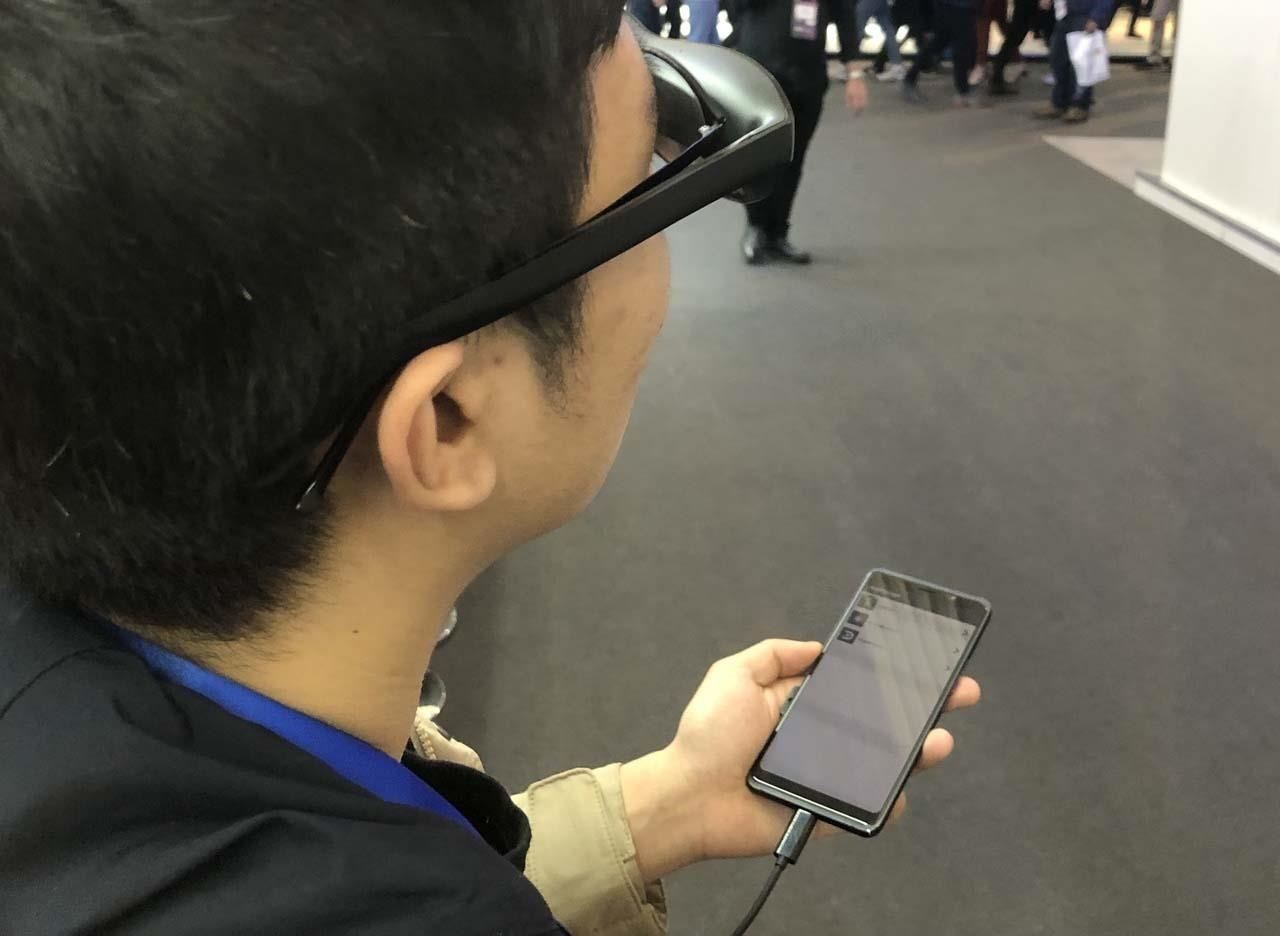
That announcement was paired with the news that the company had also secured additional investment funding to the tune of $15 million. This time around, the news is that Nreal will now pair the Nreal Light glasses portion of its system with smartphones powered by Qualcomm's Snapdragon 855 chip.
The list of devices using that chip primarily includes top tier Android smartphones including the Samsung Galaxy S10, Samsung Galaxy Fold, Xiaomi Mi 9, Xiaomi Mi Mix 3 5G, Sony Xperia 1, LG G8 ThinQ, and LG V50 ThinQ, among others.

In addition to widening the potential user base for Nreal Light buyers by ditching the hip computer, the company also told me that the glasses-only version of the system will also cost less.
I wasn't given a specific price, but based on a wide ranging discussion I had with the company's founder, Chi Xu, I got the sense that the company may be aiming to get the price of the glasses-only version of the Nreal Light system down around the $500 to $600 mark.
What I was able to confirm is that the hip computer version and the smartphone version of the system are largely similar in terms of the general AR experience. So with that, let's get into how the Nreal Light feels and performs.
Build Quality & Wearability
The glasses and hip computer look and feel solid in terms of design and build and appear made to withstand frequent mobile use — this isn't a prototype-level device. However, while the glasses "look" normal in general, as you can see from the photo at the top of the page, when worn, they sit out a bit from the face in a way that looks somewhat awkward compared to normal shades.
Part of that less-than-normal fit is due to the two cameras and sensors embedded in the glasses, which add a bit of bulk to its shape.



To help offset this slight bulk, the glasses come with a detachable nose bridge component, which offers a wide range of nose size/shape option inserts that magnetically click into a slot in between the lenses. As for weight, the glasses are 85 grams, so they're light enough to be worn for extend periods if you're watching a movie through the device.
Despite this off-of-the-face look, I can't say that the fit is unnatural enough that you'd want to avoid wearing them in public. And I wouldn't be surprised if onlookers didn't notice that you were wearing "special glasses," at all. But this is still not really an "invisible" to the normal onlooker AR smartglasses look.
What AR Looks Like
Just after the debut of the Nreal Light at CES, I heard some describe the experience in the same breath as Magic Leap. To that I say, "pump your AR brakes." To be sure, the Nreal Light version of AR is indeed immersive (52 degree field of view) and looks great, but it's not near the quality of interactivity of the Magic Leap One or the HoloLens 2.
The best way to describe this device is as a middle step between handheld, smartphone-based AR and higher-end, headworn AR devices such as the aforementioned.

If I had to give the best direct comparison with regard to the overall AR experience, I'd compare it to the DreamGlass device, which also uses a smartphone as its brains. But the main difference is that the Nreal Light offers a more normal look, similar to sunglasses, that could be more attractive to some consumers.

Due to time constraints, I was unable to test just how robust the AR interactions are in terms of the company's stated use of SLAM (simultaneous localization and mapping), plane detection, and object recognition, but otherwise the colors were vibrant and the 3D models were impressive when I walked around them using the system.
Among the things I experienced were: 3D models of a team of dancing monsters, a 3D flying cyborg whale, and a 2D movie screen (similar to what I experienced when I tested the first pair of smartglasses from Nreal).
Interface
The primary mode of interface is via a circular 3DoF controller that's pressure and touch sensitive and fits in the palm of your hand.


Weighing in at 23 grams, it's not a cumbersome component of the system, but it's so small I can easily imagine many users losing the controller puck while traveling around the city. And the chances of losing the controller probably increase if the owner is using the smartphone-only version of the system, without the controller puck holder design found on the hip computing module (see image above).
Conclusion
This Nreal Light is by no means on par with the Magic Leap One or the HoloLens 1 or HoloLens 2. Overall, I think it's really a bet on being "good enough," as well as small enough and stylish enough to attract those users without several thousand dollars to spend on higher-end AR, and haven't yet been captivated by smartphone AR.
The company still isn't revealing when exactly the device will go on sale, and is only saying "later this year." But now that I've used it, I think Nreal Light's success or failure will be tied to price. If it's anywhere near $1,000, I'm not confident that the public will pay that much for "good enough."
Of course, if Apple introduced something like this, price would be less of a factor, given its brand trust and the many users tied to its existing mobile ecosystem. But Nreal is coming from "zero" in terms of brand awareness and trust, so the price here is vital.


A recent and very relevant example of this is the case of North and its Focals smartglasses. The company started out trying to sell the device for $1,000 with almost no advertising or marketing and just a couple brick and mortar stores. After failing to generate significant adoption, the team quickly cut the price by almost half, and now the company is suffering massive layoffs — all in just a few months.
On the other hand, Nreal has very big backers from the Chinese venture capital space, so it likely has more runway. But financial backing won't be enough to solve the problem of drawing users to a completely new platform from a completely new brand fighting to carve out a name in the US.
Will the Nreal Light dazzle some who are new to AR? Almost certainly.
But getting those newbies to actually pay for the device will require strong content and software partnerships and a very friendly price. Hopefully, Xu, a former Magic Leap employee, is watching all the lessons currently unfolding in the AR market carefully as he prepares the Nreal Light for its true debut, when the consumers get to decide if this is a winner, or not.
Just updated your iPhone? You'll find new emoji, enhanced security, podcast transcripts, Apple Cash virtual numbers, and other useful features. There are even new additions hidden within Safari. Find out what's new and changed on your iPhone with the iOS 17.4 update.
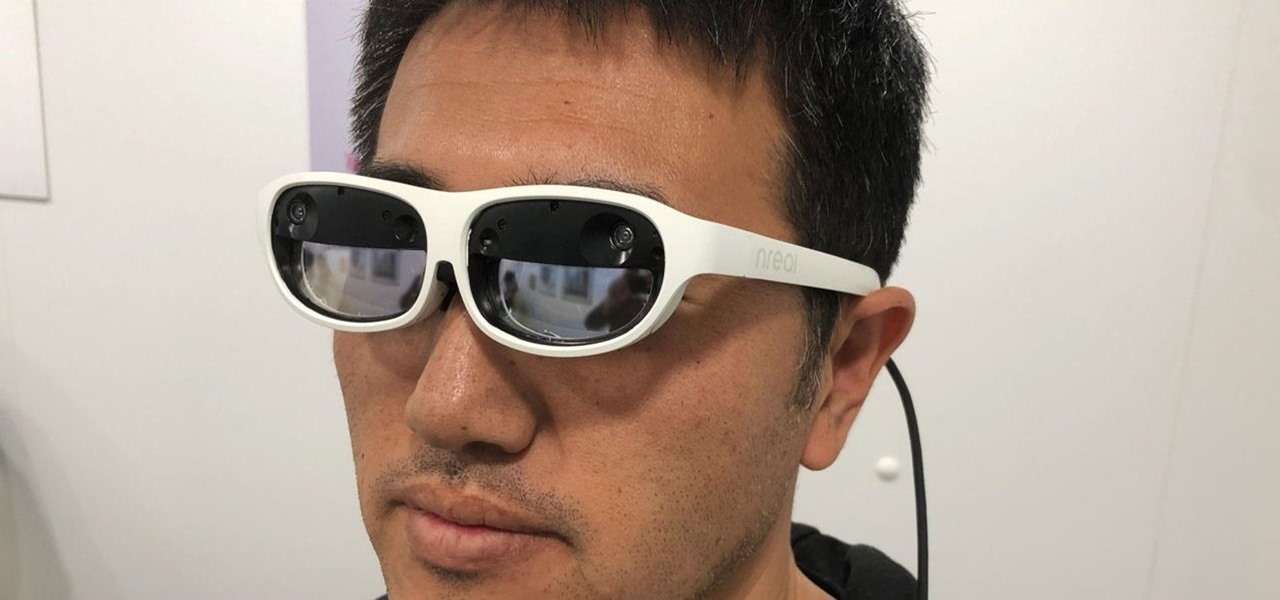






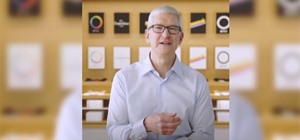



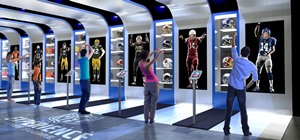
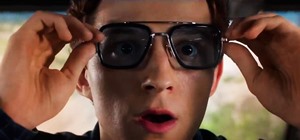





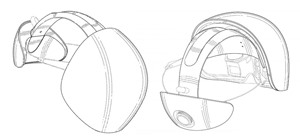
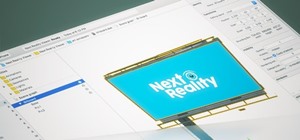
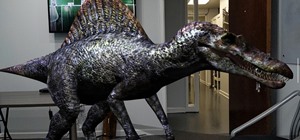
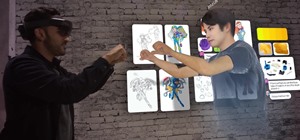



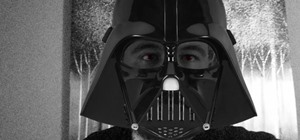

Be the First to Comment
Share Your Thoughts